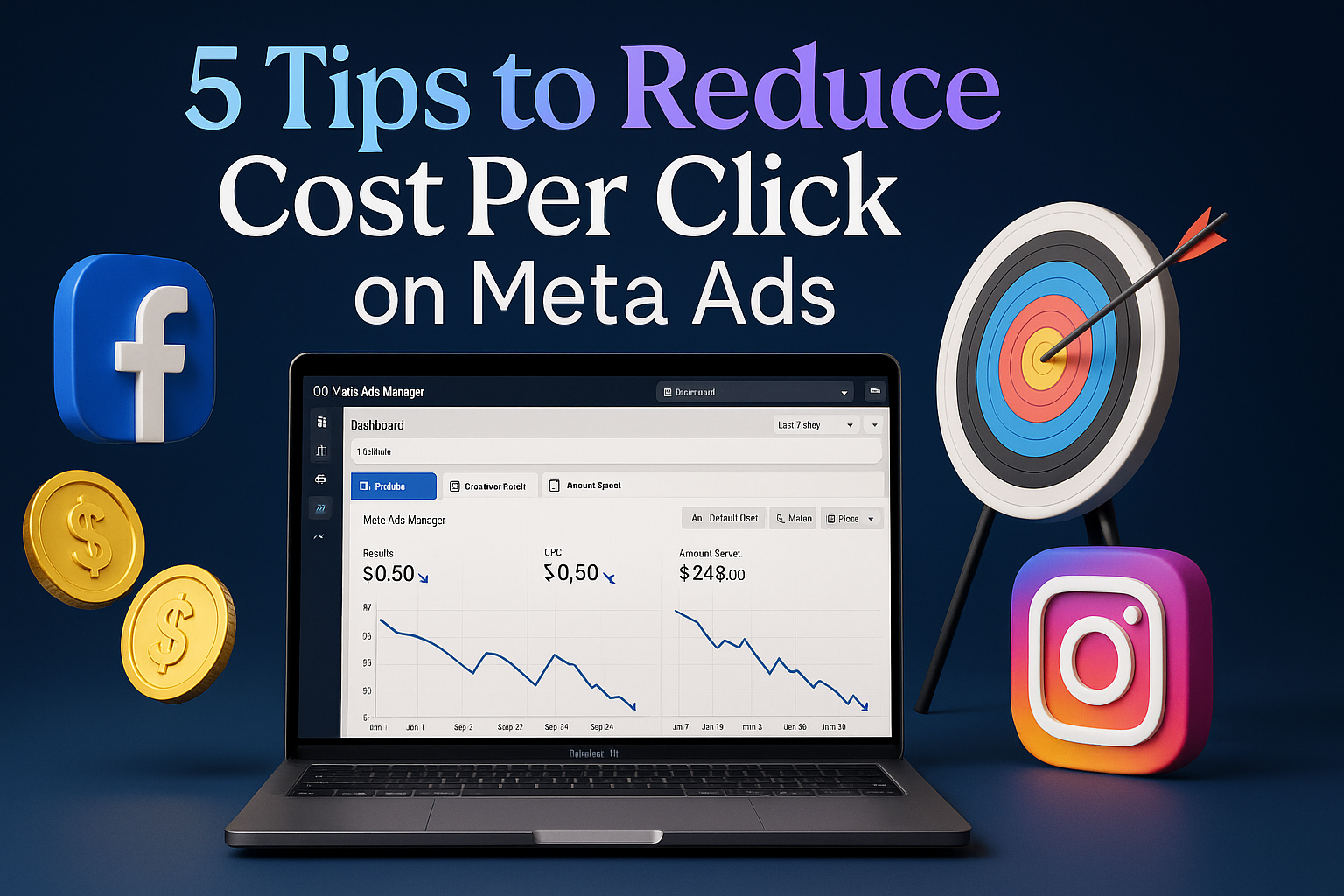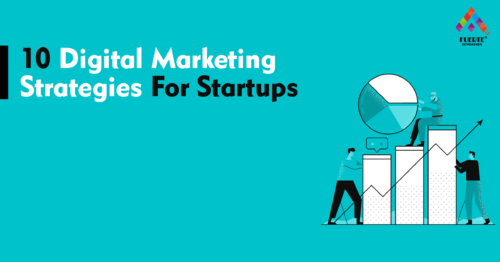Meta Ads, formerly recognized as Facebook Ads, are one of the most powerful digital advertising tools available today. They enable businesses to reach highly specific audiences across Facebook, Instagram, Messenger, and Audience Network. Yet, many advertisers struggle with high Cost Per Click (CPC), which can lead to wasted ad spend and reduced campaign profitability. The key to long-term success lies in reducing CPC while maintaining strong performance. In this article, we outline five proven strategies to help you lower CPC on Meta Ads and maximize your return on investment.
1. Refine Audience Targeting for Better Precision
Audience targeting directly affects both ad performance and CPC. When ads reach users who are most likely to engage, Meta’s algorithm rewards relevance by lowering costs.
- Use Custom Audiences: Create audiences based on customer lists, website visitors, or app users. Ads served to warm audiences usually achieve higher engagement and lower CPC.
- Build Lookalike Audiences: Generate lookalikes from your best-performing customers. This expands your reach to new users who resemble your high-value buyers, improving CTR and reducing CPC.
- Layer Targeting Filters: Instead of broad targeting, combine demographics, interests, and behaviors to focus only on high-intent users.
- Exclude Irrelevant Groups: Always use exclusions to avoid showing ads to people unlikely to convert. For example, exclude past buyers if you’re running a new-customer campaign.
Precise targeting ensures ads are seen by the right people, which increases efficiency and keeps CPC down.
2. Optimize Ad Creatives to Capture Attention
The effectiveness of ad creatives is one of the strongest drivers of CPC. Ads that attract attention and deliver value earn higher engagement, leading to lower costs.
- Design Eye-Catching Visuals: Use bold colors, professional images, or short-form videos. Videos often generate stronger engagement, reducing CPC.
- Craft Compelling Ad Copy: Focus on benefits rather than features, use action-oriented language, and end with a strong call-to-action (CTA).
- Test Multiple Formats: Carousel, reels, and story ads often perform differently depending on your audience. Running multiple formats helps identify the most cost-efficient option.
- Leverage Social Proof: Ads showcasing testimonials, reviews, or user-generated content build credibility and encourage clicks at a lower cost.
Creative fatigue can drive CPC up over time. Regular A/B testing of images, videos, and CTAs ensures campaigns stay fresh and effective.
3. Improve Relevance and Quality Scores
Meta uses Quality Ranking, Engagement Rate Ranking, and Conversion Rate Ranking to determine how relevant your ads are. Ads with higher scores enjoy cheaper clicks.
- Align Ad Messaging with Landing Pages: If your ad promotes a discount, ensure that the landing page also highlights the same offer. A seamless user experience improves rankings.
- Communicate a Clear Value Proposition: Highlight what makes your product or service unique. Users are more likely to engage with ads that deliver obvious benefits.
- Avoid Misleading Tactics: While clickbait might generate short-term clicks, it leads to poor engagement and higher CPC in the long run.
- Encourage Engagement: Ads that receive likes, shares, and comments signal strong relevance to Meta, which results in lower CPC.
Improving ad quality boosts user satisfaction and reduces overall costs, creating a win-win scenario for advertisers.
4. Apply Smart Budgeting and Bidding Strategies
Budget allocation and bidding play a vital role in controlling CPC. Without proper management, ad costs can spiral out of control.
- Use Campaign Budget Optimization (CBO): Instead of manually dividing budgets between ad sets, allow Meta to automatically allocate funds to the best-performing ones.
- Experiment with Bidding Options: The Lowest Cost option works well for maximizing reach, while the Cost Cap strategy helps control CPC by setting an upper spending limit.
- Scale Budgets Gradually: Increasing budgets too quickly can reset the learning phase and spike CPC. Instead, scale campaigns slowly to maintain stability.
- Invest in Retargeting: Retargeting ads often achieve lower CPC because they target users already familiar with your brand, making them more likely to engage.
Well-planned budgeting and bidding allow advertisers to balance efficiency with scalability, keeping CPC at manageable levels.
5. Continuously Monitor, Test, and Optimize
The most successful advertisers treat Meta Ads as a continuous optimization process, not a one-time setup.
- Run A/B Tests: Test different versions of creatives, targeting strategies, and placements to see which combinations deliver the lowest CPC.
- Analyze Key Metrics Beyond CPC: Track CTR, CPA, and ROAS to measure overall campaign profitability. Sometimes a slightly higher CPC is acceptable if conversions are stronger.
- Evaluate Placement Performance: Ads can appear on Facebook, Instagram, Messenger, or Audience Network. Compare results and shift budgets toward the lowest-cost placements.
- Refresh Content Regularly: Audience fatigue sets in when people see the same ads repeatedly. Updating creatives frequently helps maintain engagement and cost efficiency.
- Leverage Analytics Tools: Combine Meta Ads Manager with tools like Google Analytics for deeper insights into campaign effectiveness.
Consistent optimization ensures that campaigns stay competitive, scalable, and cost-effective in the long term.
Conclusion
Lowering Cost Per Click on Meta Ads is achievable through a combination of smart targeting, compelling creatives, relevance optimization, strategic budgeting, and continuous improvement. Businesses that apply these five strategies can not only reduce advertising expenses but also generate stronger engagement and higher conversions. By focusing on both short-term results and long-term optimization, advertisers ensure sustainable success with Meta Ads.
Follow Us | Our Services | Contact Us | Linkedin | Instagram







